All about the profession of metallurgist
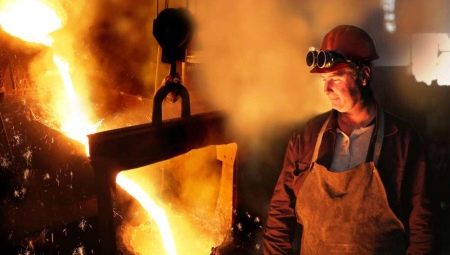
The thesis “all professions are important, all professions are needed” remains no less true than at the time of its appearance. However, it is necessary to take into account the nuances of a specific field of activity. It is useful to know in general terms everything about the profession of a metallurgist, about its activities.
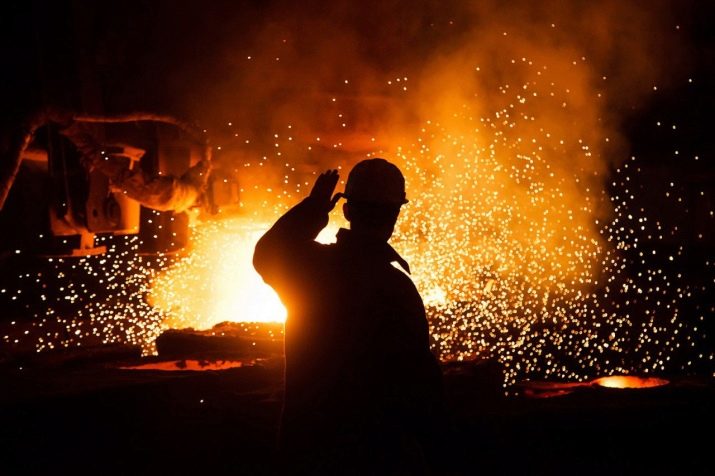
What kind of work is this?
From the very beginning, it should be said that the profession of a metallurgist is very ancient and modern at the same time. Already in the most "gray antiquity" people could not do without the melting of metals. And a number of products created in the past amaze even our contemporaries with their craftsmanship. But at the same time, the metallurgy of the XXI century cannot do without extremely advanced technologies. For a long time already no one, for example, limited itself to visual control of metal melting - the process is controlled by the most sophisticated devices.
But a description of the work of a metallurgist is unthinkable without an indication of its immense, enduring importance. The courage of the pilots, the insight of statesmen, the original plot moves of writers and screenwriters, the cunning plans of the military leaders - all this is unthinkable and has no value if there is no metal. The goods in the trading network (and the trading network itself) will disappear, all buildings will gradually decay and collapse. It will be impossible to cure a runny nose, send a letter (both by regular and e-mail), sew clothes or find out the weather forecast, grow a crop or build or repair a house. The whole civilization will collapse, no investments, political technologies, etc. from the same series will help.
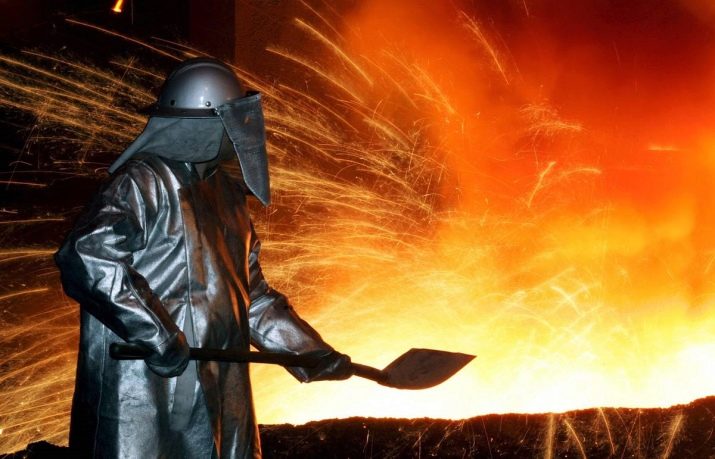
List of specialties
Describing the most necessary metallurgical specialties, it is worth warning that they are all included in the list of hazardous jobs in any country. The only difference is who is doing what and how closely they are in contact with the most dangerous factors when melting metal. It is customary to single out the most important metallurgists. These specialists act as the main coordinators in production and, rather, belong to the management level.
However, it is for this reason that they are required to deeply and comprehensively understand technological nuances.

It is customary to divide metallurgists into specialists in the field of ferrous metals and in the field of non-ferrous metallurgy. These are so different specializations that the transition between them is extremely difficult and requires high-quality retraining.
Also worth noting:
steelmakers (directly performing basic operations in steel melting);
smelters (smelting a wide variety of metals);
furnace operators (overseeing the timely disposal of waste);
pourers (responsible for the distribution of liquid metal or alloy into molds);
heaters (engaged in preparing furnaces for work in general, and not just heating itself - this is a whole art);
crane operators (moving hot metal around the shop is more difficult than any construction products or large workpieces in conventional production);
engineers in the field of metallurgy (they are engaged in improving efficiency, creating new technologies, protecting the environment, and so on).
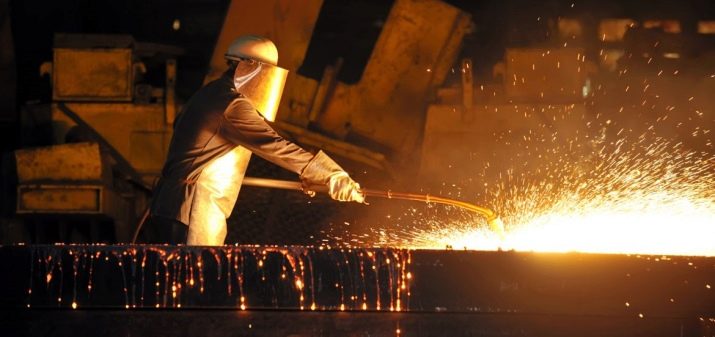
Responsibilities
Chief Metallurgist:
manages the entire technological process as a whole;
supports the provision of technological norms and standards, the timing of work;
busy developing promising technologies that increase overall efficiency;
coordinates the creation of design and engineering documentation;
calculates the main technological parameters of production;
determines the main operating modes and optimal workload of workplaces;
prepares new and reconstructed production facilities for launch;
coordinates scientific, practical and theoretical research at the entrusted facility.
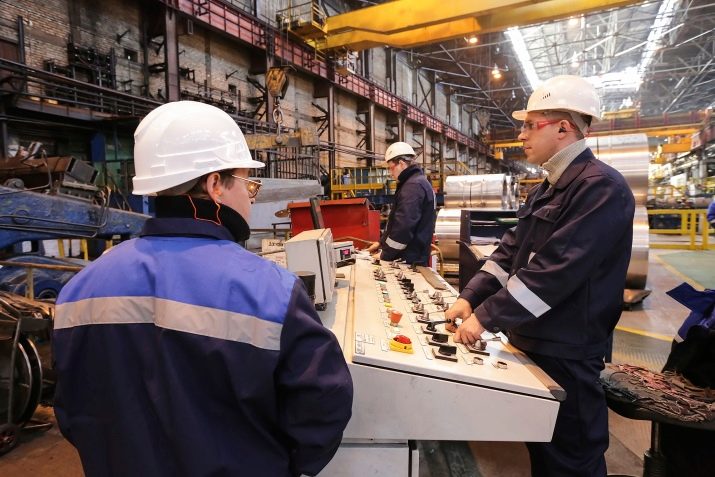
Steelmaker's Handy:
prepares basic tools and equipment for smelting;
prepares materials for refueling furnaces;
tidies up the workplace;
helps to change electrodes and lining the melting furnace;
breaks gutters and funnels in the process;
cleans the bottom of toxins (alone or together with other people).

Ferroalloy smelter of the 6th grade:
supervises the preparation and loading of the charge into the furnace;
gives instructions on how to use the electrodes, what operating mode to set;
monitors equipment, evaluates its serviceability;
takes samples;
is engaged in documentary accounting based on the results of swimming trunks;
determines how much energy should be consumed per hour and the charge should be processed;
adjusts the course of the melt if necessary.
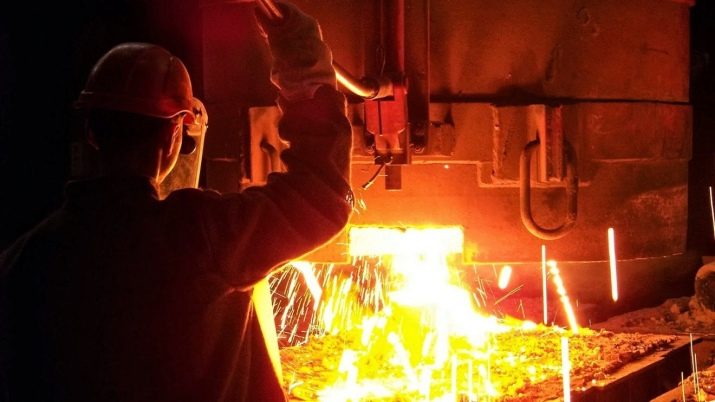
Requirements for work
The specifics of work in metallurgical production makes such qualities as physical strength, endurance and resistance to temperature extremes very relevant. Only people who have a strong will and full-fledged self-discipline will be able to perform their duties well. Of course, attention to detail is important. Any nuance can lead to very unpleasant consequences both for the employees themselves and for the enterprise as a whole.
Even without accidents and injuries, sometimes there is serious economic damage.
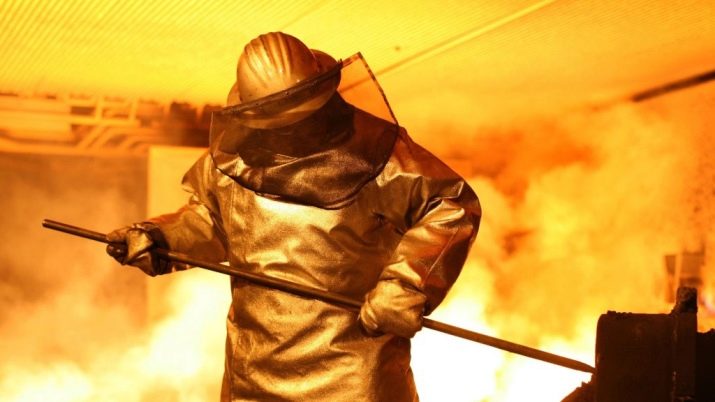
It follows that responsibility in the metallurgical sector is no less than in aviation, rail transport, petrochemistry, or detective investigations. And for a number of professions it is even higher. The metallurgist must be decisive, and in some cases he will have to take responsibility without waiting for the decision to be made by the leaders. This work is categorically inappropriate:
with problems with the musculoskeletal system;
with neuropsychiatric disorders of any kind and degree of severity;
for patients with circulatory and hematopoietic disorders;
for people with hormonal and cardiovascular disorders;
for any trouble with the respiratory system, liver, vision, hearing, smell;
with neoplasms (even 100% benign).
Education
Metallurgical engineers are trained in:
MISIS;
Lipetsk Technical University;
Technical University of Samara;
Don Technical University.
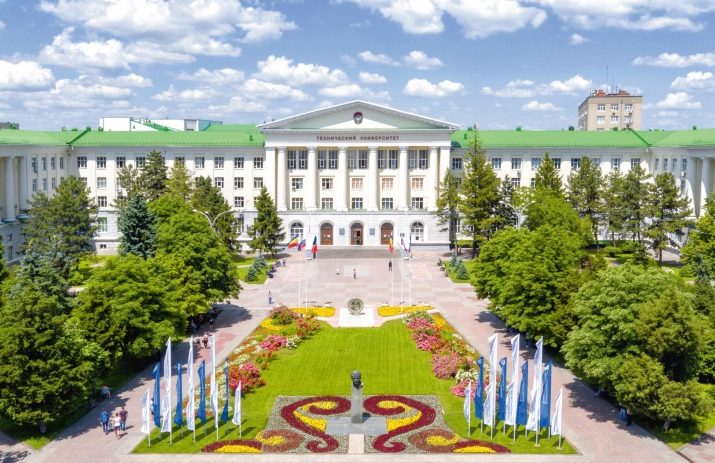
Stalevarov are trained at Lipetsk and Magnitogorsk Technical Universities. You can also become a ferroalloy foundry in Lipetsk. Secondary specialized training in the field of metallurgy is carried out by:
Vladikavkaz Mining and Metallurgical College;
Metallurgical College (Lipetsk);
specialized technical school of Novokuznetsk;
South Ural Multidisciplinary College;
Krasnoyarsk Industrial and Metallurgical College;
Novosibirsk Technological College;
Orsk Engineering College;
Polytechnic College of Syzran;
metallurgical college in Taganrog;
mechanical engineering college in Tula;
mechanical engineering college of Rubtsovsk;
Industrial College of Chrysostom;
Volkhov Aluminum College.
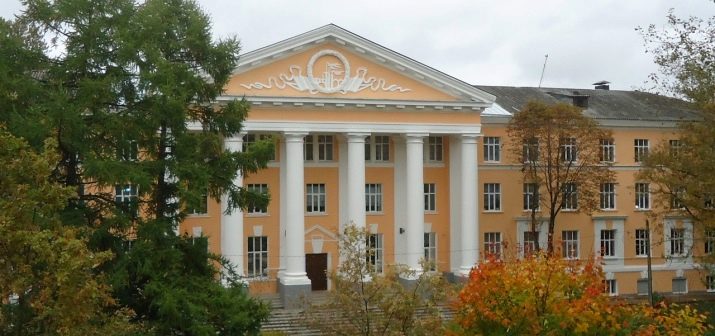
The salary
The income of a metallurgical engineer in Russia is highest in the Magadan region. Before taxes, it is about 150 thousand rubles. The Amur Region, which took the second place of honor, has an indicator of 75 thousand. Next come:
Irkutsk (70);
Kemerovo (66);
Krasnodar (50);
Ryazansky (35);
Samara and Saratov regions (30).
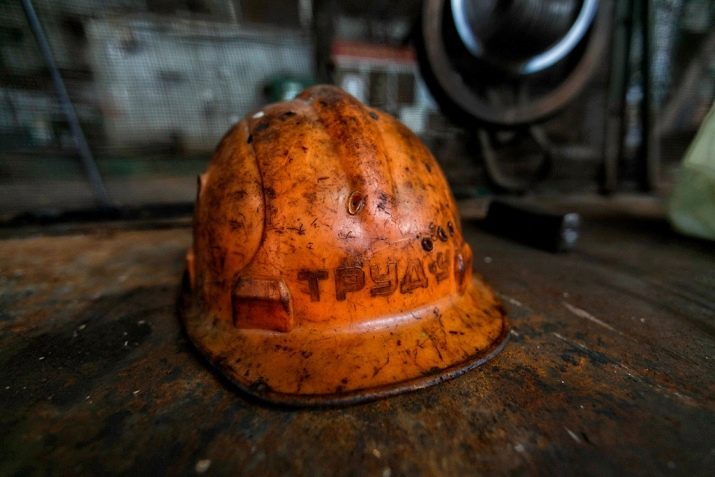
For comparison, the average income of steelmakers is as follows:
Bashkiria - about 900 thousand;
Ivanovo region - 744;
Lipetsk region - 680;
Samara region - 377;
Tulskaya - 330;
Udmurtia - 140;
Voronezh region - 135 thousand.








